January 17, 2025
What’s Causing Electricity Rates to Rise? Transmission and Grid Maintenance: Electricity prices are rising primarily due to the growing expense of delivering power across the grid, known as distribution and transmission costs. Utilities must maintain and upgrade aging infrastructure, respond to extreme weather events, and incorporate new technologies—all of which drive up the price of moving electricity from power plants to homes and businesses. While fuel and generation costs also factor in, the share devoted to distribution and transmission has surged, leading to higher rates for consumers. Fuel Price Fluctuations: Traditional fuels, such as natural gas and coal, can experience sharp price swings due to factors like global market conditions, supply constraints, and geopolitical events. When the cost of these fuels goes up, utilities often pass those increases on to their customers through higher electricity rates. This volatility makes energy bills less predictable and underscores the appeal of more stable-cost resources like renewables. Reality Check: While some people claim that expanding oil and gas drilling could substantially lower electricity costs, evidence suggests otherwise. According to data from the U.S. Energy Information Administration (EIA), oil plays a relatively small role in power generation, and expanding drilling generally has a limited, long-term impact on natural gas prices. Global market forces, distribution and transmission upgrades, and the growing competitiveness of renewables usually overshadow any short-term benefits from new drilling. In fact, much of today’s electricity rate increases stem from infrastructure and grid modernization costs rather than fuel prices. This indicates that the argument for cutting electricity bills significantly through more drilling is largely overstated. In addition to the cost of natural gas as a commodity , there are still substantial costs involved in running and maintaining natural gas power plants. As utilities move toward lower-emission technologies, many of the costs associated with fossil fuels are expected to rise, not fall. Essentially, we’re already depending heavily on natural gas, so increasing its use further won’t eliminate the operational and infrastructure expenses that come with burning fossil fuels. Furthermore, increasing demand on natural gas will only cause the price of the commodity to go up. This helps explain why shifting to energy sources with lower ongoing input costs—like solar and wind—can be more economical in the long run. How Solar Panels Counter Rising Rates Once you install solar panels, you start generating your own electricity and reducing the amount you buy from the utility. The result: an immediate drop in your monthly bill. • Attractive Return on Investment:
Rooftop solar systems often pay for themselves within a handful of years through reduced energy costs, incentives, and net metering credits —where you’re compensated for the excess electricity you send back to the grid. • Community-Wide Benefits:
When more homes generate power locally, utility companies can lower their distribution costs—less electricity has to travel long distances over power lines. This can help stabilize or even reduce rates for everyone. Exact figures can vary by system size, incentives, and local electricity rates, but data from RENEW Wisconsin and Focus on Energy indicates that homeowners in Wisconsin typically see a solar payback period of about 7–10 years. This assumes taking advantage of the federal Investment Tax Credit (ITC), plus any applicable state or utility incentives. The average savings of an Ethos customer is around $24,000 over the life of the system. The Power of Heat Pumps Heat pumps are an ultra-efficient way to heat and cool your home by moving heat rather than creating it. • Reduced Energy Use: Because they’re so efficient, heat pumps can significantly cut your heating and cooling costs. • Lower Carbon Footprint: If you power your heat pump with solar panels, you’re using clean energy to comfortably heat or cool your home, minimizing your environmental impact. • Better for the Grid: By using less electricity overall, heat pumps place less stress on utility infrastructure, helping to contain costs across your neighborhood. This means significantly lower utility bills compared to traditional HVAC systems—according to the U.S. Department of Energy, heat pumps can cut heating energy use by about 50%. Their ability to both heat and cool a space makes them incredibly versatile and scaleable for a wide range of environments. For older homes, workshops and mother-in-law apartments, ductless (mini-split) heat pumps are popular because they’re easy to install without extensive ductwork , and they efficiently provide both heating and cooling. In multi-family or hospitality applications, larger centralized or variable-refrigerant-flow (VRF) heat pump systems can handle multiple units at once, optimizing energy use across the property. Even in specialized settings like boats , heat pumps can be used to regulate temperature efficiently in tight quarters. Wherever they’re used, heat pumps offer efficient comfort at a low operating cost. BTM Efficiencies: Saving You Money and Helping Your Neighbors “Behind-the-meter” resources—like solar panels, heat pumps, and other energy efficiency upgrades—aren’t just about your individual savings. They create a ripple effect: • Reduced Strain on the Grid: Generating some of your own power or using less energy means utilities don’t have to ramp up as many power plants, ultimately slowing rate increases. • Lower Distribution Costs: The less electricity that needs to flow from distant power plants to your area, the less utilities pay for things like transmission maintenance, lowering bills for everyone connected to that grid. • Community Resilience: Distributed energy resources can keep neighborhoods powered if grid disruptions occur, adding another layer of reliability. According to the Lawrence Berkeley National Laboratory, distributed solar alone has helped offset billions in infrastructure upgrades by reducing peak demand on the grid. Meanwhile, a study by the National Renewable Energy Laboratory (NREL) shows that a typical 6 kW residential solar system can eliminate roughly 6 to 7 metric tons of carbon dioxide emissions each year, underscoring how BTM technology not only cuts homeowner energy bills but also reduces strain on the overall energy ecosystem. Environmental and Social Benefits • Cutting Carbon Emissions: Solar and heat pumps rely on clean, renewable energy, leading to fewer greenhouse gases. • Leading by Example: When neighbors see the financial and environmental benefits of BTM solutions, they’re more likely to adopt them—multiplying the positive impact on the entire community. • Healthier Communities: Fewer emissions mean less pollution, which translates to cleaner air and a healthier environment for everyone. The Bottom Line Rising electricity prices don’t have to be inevitable. By investing in rooftop solar, installing efficient heat pumps, and taking advantage of other energy-saving upgrades, you can save money, earn a robust return on investment, and help lower costs for your entire neighborhood. Plus, you’ll be doing your part to protect the environment and create a more resilient energy future for everyone. If you’ve been on the fence about solar or switching to a heat pump, now is the time to take action—your wallet, your neighbors, and the planet will thank you.
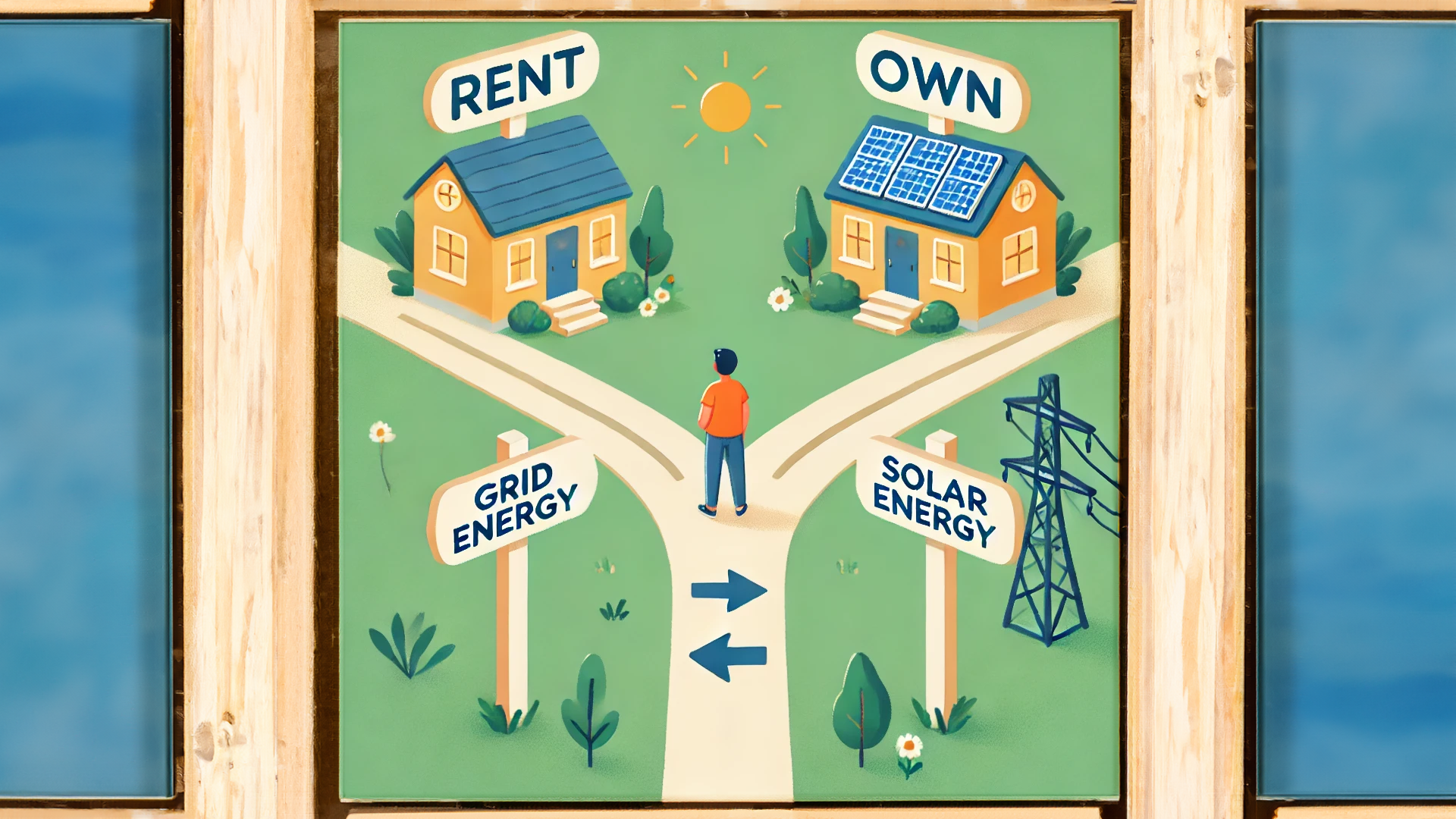
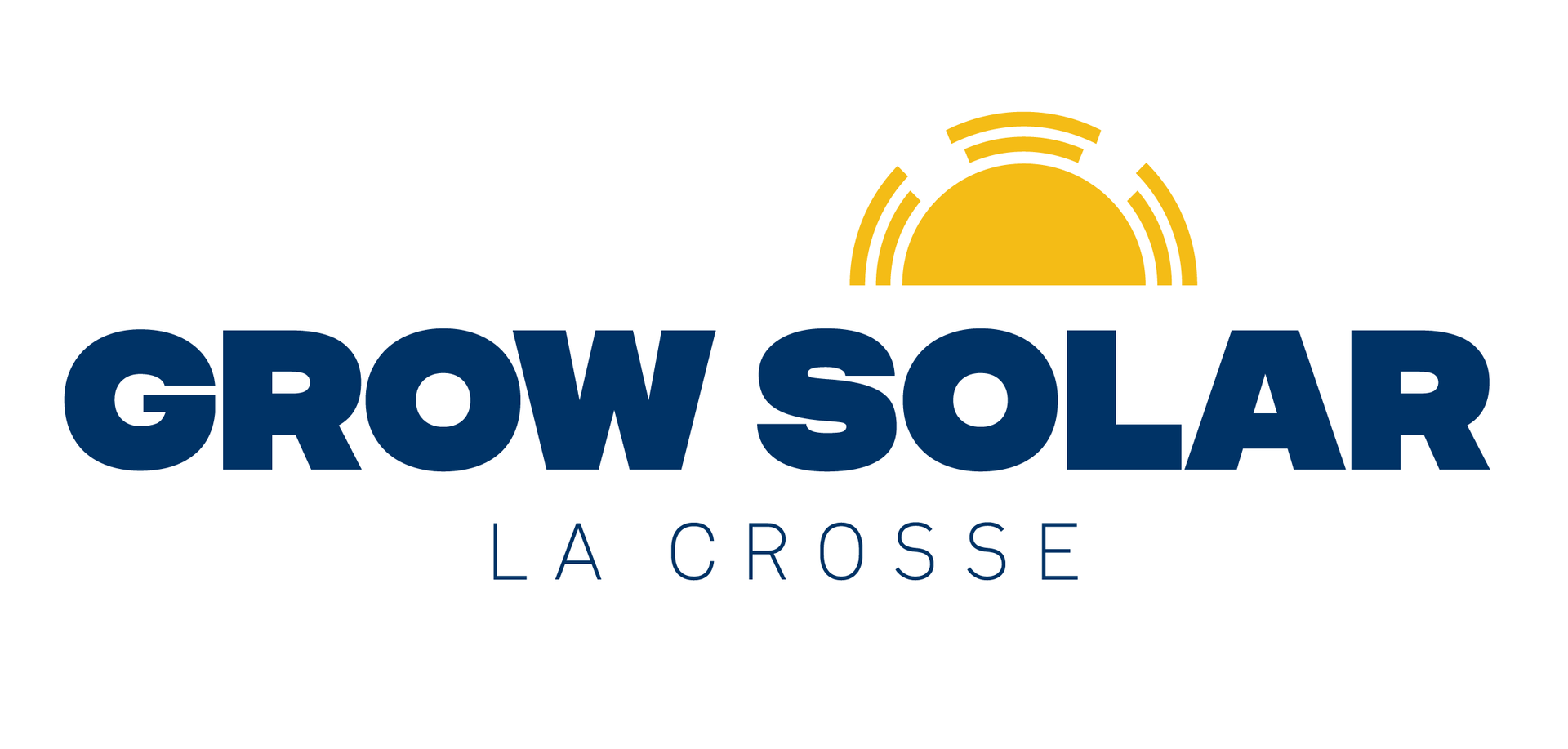


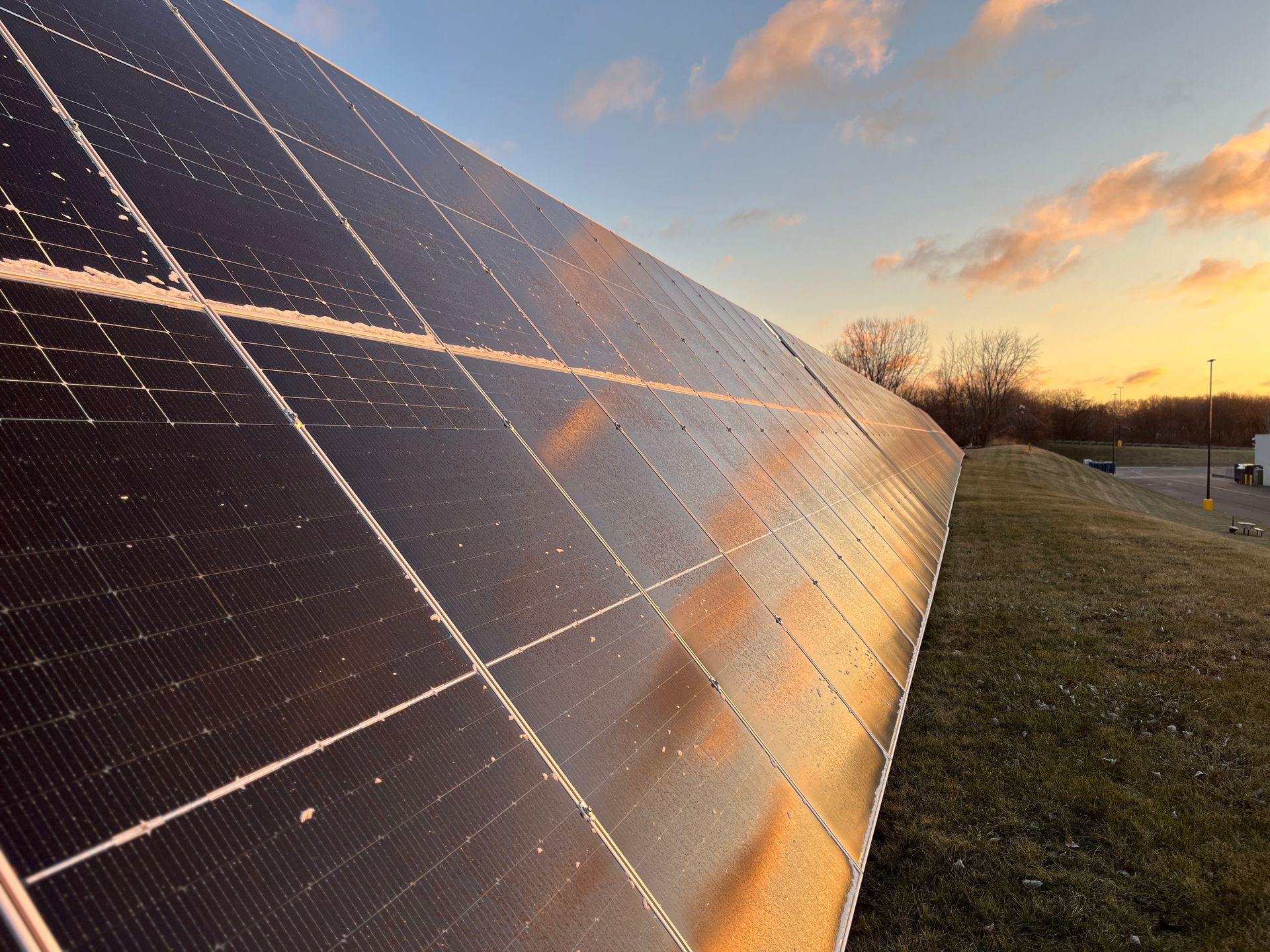





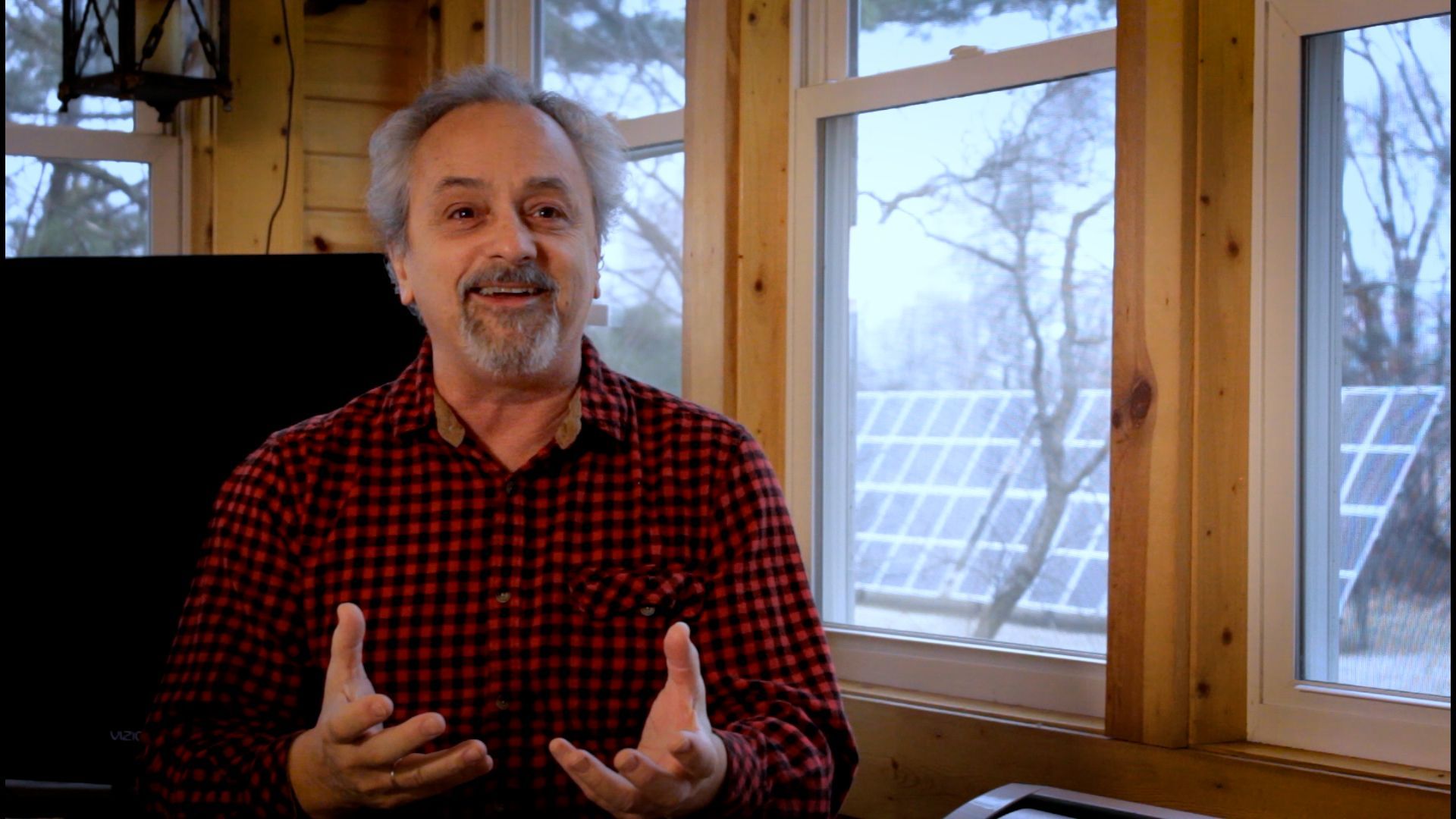
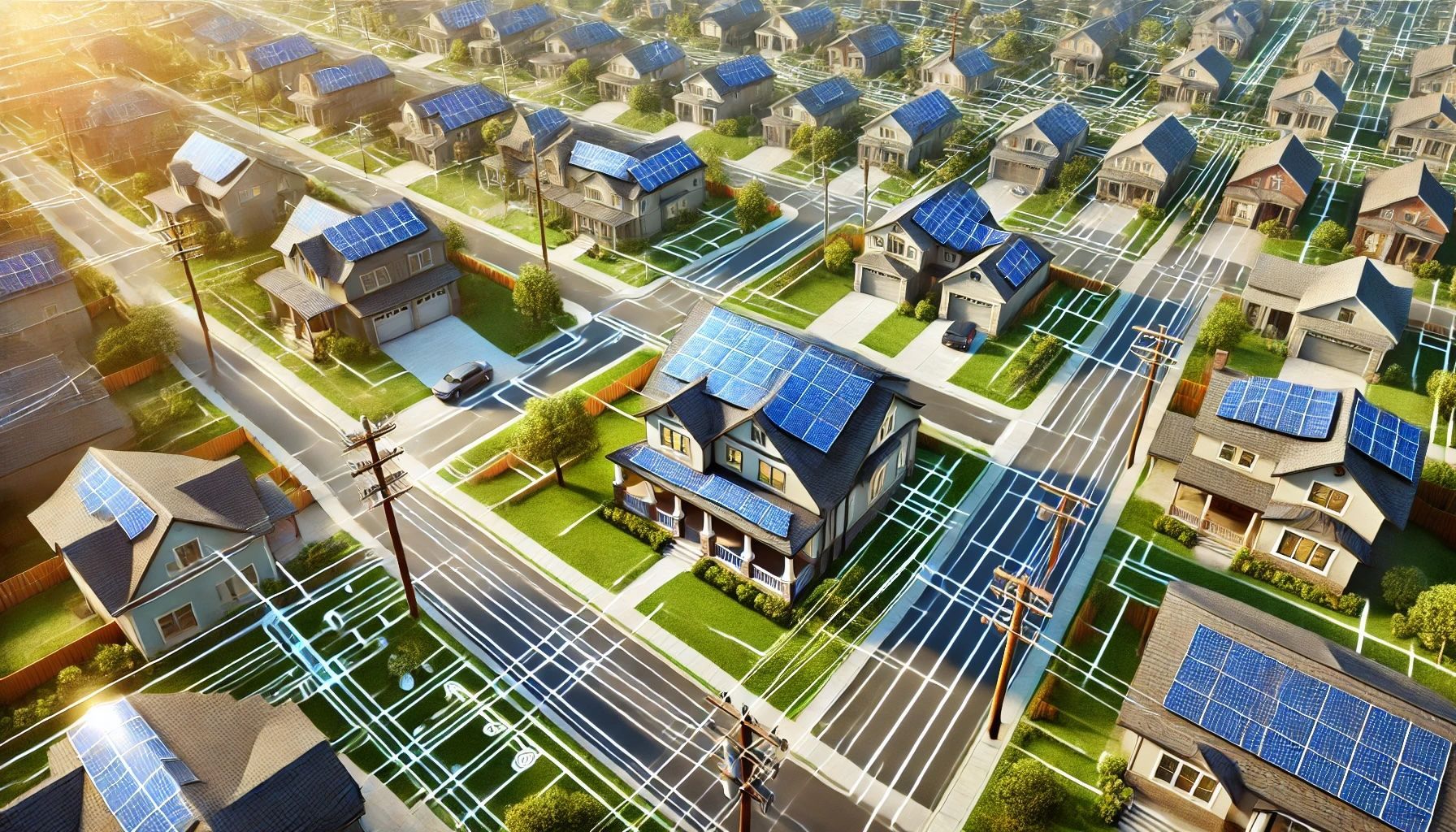
Share On: